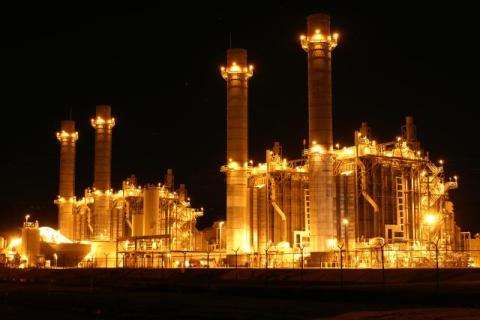Before we go into detail about the power crisis that India is facing, let's briefly understand how the power system works in India. The diagram below mentions the process of electricity transmission in India.
- The very first step is to produce the energy. The major component of energy for electricity production is coal. The government-owned company Coal India takes the majority of the responsibility.
- The next step is to generate electricity from coal or other energy sources such as gas, nuclear, etc. Companies such as NTPC Ltd, NLC India Ltd, SJVN Ltd, JSW Energy Ltd, Tata Power Company Ltd, Reliance Power Ltd, etc. work towards producing electricity.
- Once the electricity is produced at the source the next step is to transmit energy to the distribution channels.

- The distribution channel further distributes energy to the consumer location through a transmission and distribution grid (T & D).
Power Transmission and Distribution companies such as NTPC, Power Grid Corp, Adani Transmission, etc. work towards the distribution of electricity. - From here the energy is then traded to the regional suppliers. And from here finally, the electricity is transmitted to agricultural, Industrial, Commercial, and Domestic consumers.
The power crisis is not because of coal shortage or electricity generation. The power crisis is happening because of the power distribution channel or also called DISCOM. Companies in DISCOM and trading get power at a cheaper cost and sells the electricity at a higher cost.
The crisis over here is not the power crisis but the cash flow crisis. DISCOMs are suffering heavy losses. About Rs 38,000 Cr. (-38%) in FY20. Now the question comes of why DISCOMs are facing such heavy losses.
There are a couple of reasons for the losses which include:
- Waste or theft of electricity
- Inefficient billing
- Inefficient infrastructure to distribute the electricity
- Inefficient meters
- Cross-subsidies: Provide electricity at different prices to different users as per the demand. Dynamic pricing is not very profitable.
There are a few other factors that are responsible for the crisis that India is seeing currently:
- A surge in air-conditioning demand due to an unrelenting heatwave this year.
- A surge in demand during COVID as the majority of the workforce was doing Work from home, hence leading mismatch between demand and supply.
Because of all this, there are issues in the cash flow where DISCOMS are not able to pay on time and therefore affecting the complete supply chain and hence leading to the power crisis in India.

